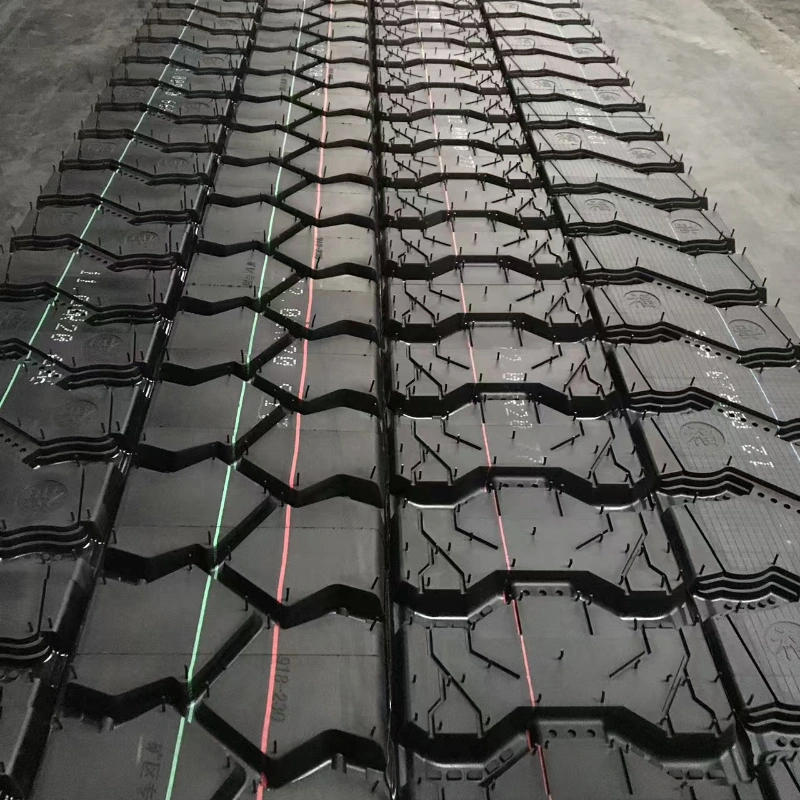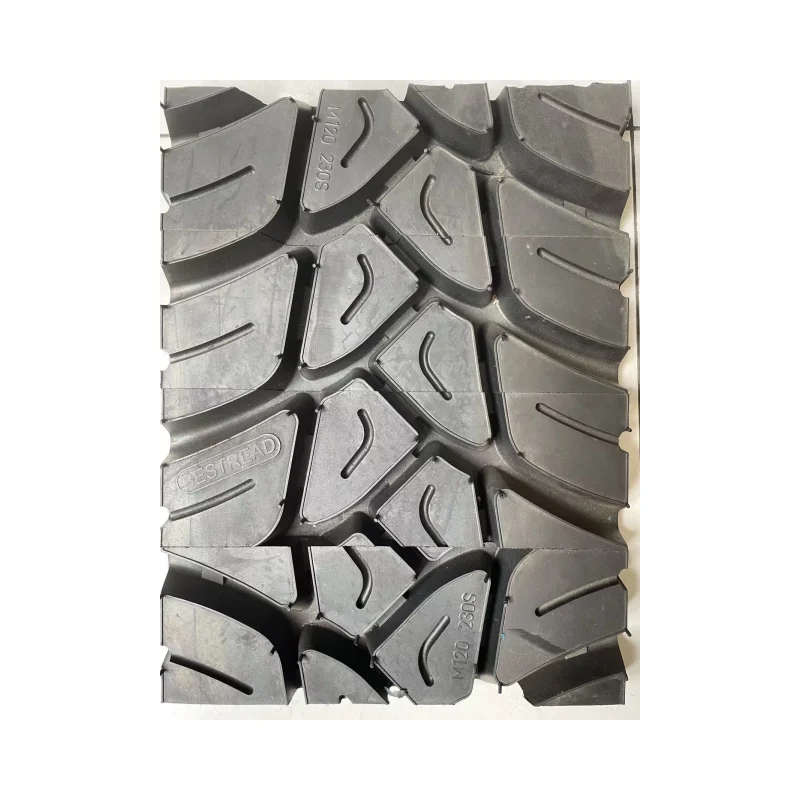In the field of tire maintenance and retreading, rubber tire tread strips are a critical yet often overlooked "invisible guardian." Whether for passenger cars, commercial vehicles, or off-road trucks, tread strips are central to extending tire life, enhancing driving safety, and reducing maintenance costs. As a leading Chinese supplier of high-quality rubber tire tread strips, we have dedicated 15 years to mastering this niche, adhering to the philosophy of "high quality, customization, and full-scenario adaptability." This article will take you through the fundamentals, specifications, quality identification, and our company’s expertise in this essential component.
1. What Are Rubber Tire Tread Strips? Core Functions and Working Principles
Rubber tire tread strips are rubber strips designed to cover tire treads, typically applied via cold patching, hot vulcanization, or adhesive bonding to repair worn, aged, or damaged treads. Their core functions can be summarized as follows:
Extend Tire Life: When tire treads wear down to the safety threshold (e.g., <1.6mm for passenger car tires), tread strips restore traction instantly, preventing blowouts from excessively thin treads and extending tire life by 2–3 years.
Enhance Driving Safety: Tread strips feature tread patterns matching the original tire, providing sufficient grip on wet, muddy, or slippery roads. Studies by the EU Department of Transportation show that vehicles using qualified tread strips experience an 18% reduction in accident rates.
Lower Maintenance Costs: Compared to replacing a new tire (costing 300–800 for commercial vehicles), tread strips cost only 50–200 and are highly adaptable, making them ideal for fleets and high-usage vehicles.
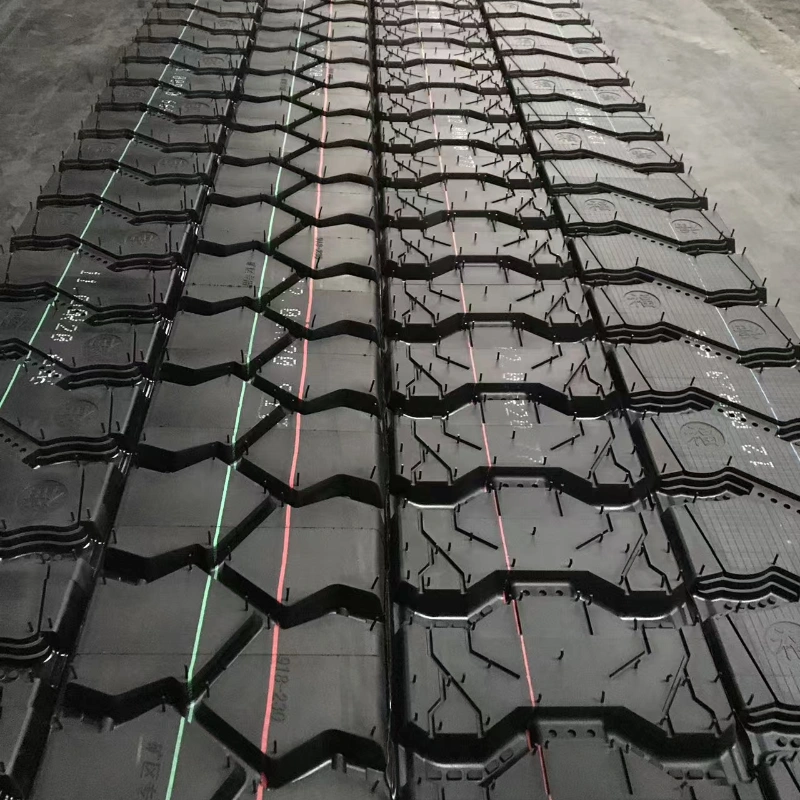
2. Specifications of Tread Strips for Mainstream Tire Types: PCR, TBR, and Off-Road Tires
Different tire types—passenger car radial (PCR), truck/bus radial (TBR), and off-road tires—have distinct usage scenarios, load requirements, and wear characteristics, necessitating tailored tread strip specifications. Below is a detailed breakdown:
1. Passenger Car Radial (PCR) Tires
PCR tires, used for sedans, SUVs, and small vehicles, require tread strips that balance "lightweight, elasticity, and noise reduction."
Dimensions: Width: 150–250mm (fitting 14–22-inch wheels); Thickness: 10–15mm (80%–100% of original tread thickness).
Material Formula: Primarily natural rubber (NR) blended with styrene-butadiene rubber (SBR) for elasticity, carbon black for abrasion resistance, and small amounts of silicon to reduce rolling noise.
Tread Design: Focuses on water drainage and quietness, with common longitudinal grooves (for sedans) or block patterns (for SUVs). Strips must align precisely with original tread grooves to avoid "height differences" affecting stability.
2. Truck/Bus Radial (TBR) Tires
TBR tires, designed for heavy loads (single tire capacity: 3–8 tons) and high-speed operations, demand tread strips with "tear resistance, heat resistance, and load-bearing strength."
Dimensions: Width: 250–500mm (fitting 22.5–31.5-inch wheels); Thickness: 15–25mm (100%–120% of original tread thickness), with custom thickened versions for heavy-duty applications.
Material Formula: High-modulus synthetic rubber (e.g., SBR + BR) as the base, reinforced with steel cords (3%–5% content) or aramid fibers for tear resistance. Carbon black content increases to 60%–70% for enhanced abrasion resistance.
Tread Design: Mostly mixed patterns (longitudinal main grooves + lateral fine lines). Strips must withstand high-pressure deformation, requiring higher hardness (Shore A 75–85 vs. 60–70 for PCR tires).
3. Off-Road Tires
Off-road tires, used in extreme terrains (construction sites, mud, deserts), require tread strips with "superior grip, puncture resistance, and anti-aging properties."
Dimensions: Width: 200–400mm (fitting 16–28-inch wheels); Thickness: 12–20mm, with custom irregular strips for all-terrain (AT) tires.
Material Formula: Higher natural rubber (NR) content (≥70%) for elasticity, combined with silica for wet grip, and anti-aging agents (e.g., 4010NA) to resist UV degradation.
Tread Design: Features deep grooves and large block patterns (e.g., "stepped" patterns for logging tires). Strips may include "serrated" or "spiked" surfaces (some support removable metal studs) to enhance mud/snow traction.
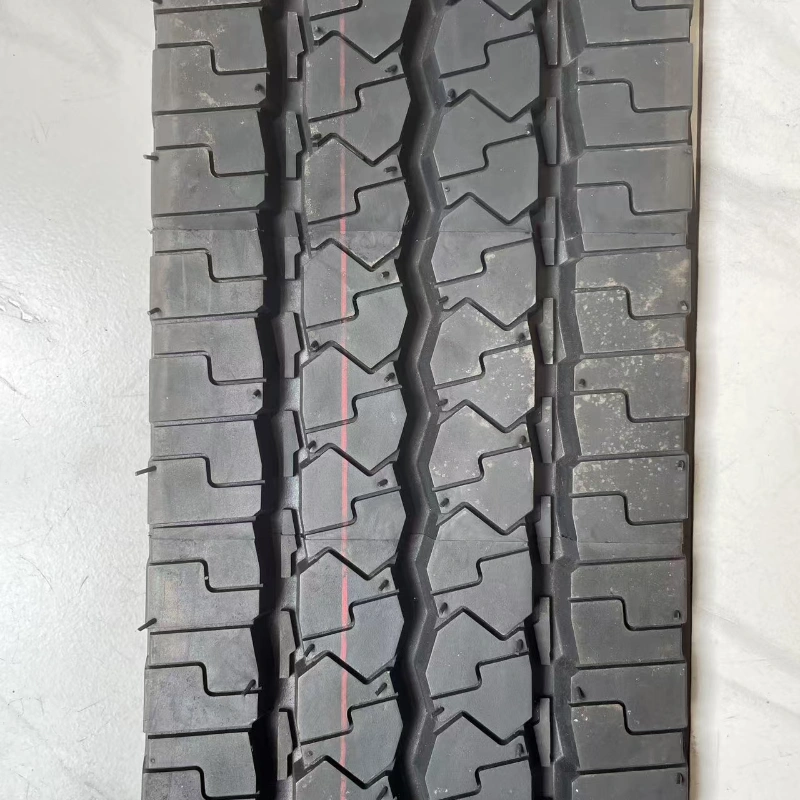
3. 10 Tips to Identify High-Quality Rubber Tire Tread Strips
The market is flooded with subpar tread strips (e.g., those with >30% recycled rubber), which are prone to cracking, detachment, and rapid wear—posing severe safety risks. Below are 10 critical tips to avoid low-quality products:
1. Check Material Purity: New Rubber vs. Recycled Rubber
High-quality strips use new rubber (NR + synthetic rubber) with recycled rubber content ≤10%. Visually, new rubber appears semi-transparent or off-white (NR leans white; synthetic rubber leans yellow), while recycled rubber looks dark gray or brownish due to impurities.
2. Test Tensile Strength: Meet International Standards (ASTM D412)
Use a tensile tester: High-quality strips should have tensile strength ≥25MPa (PCR) or ≥30MPa (TBR), with elongation at break ≥400%. If the material whitens or tears at the edges during testing, it indicates uneven composition or excessive recycled rubber.
3. Evaluate Abrasion Resistance: DIN Wear Index
Test via DIN abrasion machine (ISO 4649 standard): High-quality strips have a wear index ≤150mm³ (PCR) or ≤200mm³ (TBR). Values >250mm³ signal poor abrasion resistance and short lifespan.
4. Verify Tear Resistance: Tear Strength ≥40kN/m (TBR)
Use a tear strength tester: PCR strips require ≥30kN/m; TBR strips ≥40kN/m; off-road strips ≥35kN/m. If cracks propagate rapidly along the cut during testing, tear resistance is inadequate.
5. Inspect Adhesion: Peel Strength with Original Tires
Quality strips bond chemically with the original tire rubber, achieving peel strength ≥5N/mm (ASTM D903). Test by peeling a small section: If the original tire surface is residue-free and the strip doesn’t break, adhesion is poor.
6. Smell the Material: No Pungent Odors
New strips emit a mild rubber scent. A strong gasoline or chemical odor indicates excessive fillers (e.g., calcium carbonate) or recycled waste rubber, compromising durability and eco-friendliness.
7. Examine Production Process: Vulcanization Technology
High-quality strips use dynamic vulcanization (150–180°C, 10–15MPa pressure), resulting in bubble-free, impurity-free surfaces with tread depth matching the original tire within 0.2mm. Low-quality products often use "cold bonding" or "hot pressing," leading to edge curling or blurred tread patterns.
8. Check Certifications: ISO/TS 16949, IATF, etc.
Automotive components require strict quality control. High-quality strips carry certifications like ISO 9001 (quality management), ISO/TS 16949 (automotive industry), or IATF (International Automotive Task Force). Verify certificates via the supplier’s website or third-party platforms (e.g., SGS).
9. Request Third-Party Test Reports
Ask for reports from SGS, BV, or the National Rubber Products Quality Supervision and Inspection Center, focusing on:
Tensile strength, tear strength, and abrasion resistance;
Post-aging performance (e.g., tensile strength retention ≥80% after 100°C×72h aging).
10. Prioritize Customization Capabilities
Top suppliers offer custom-fit solutions (e.g., irregularly shaped strips for unique wheels or non-standard wear patterns) and provide end-to-end services: old tire evaluation, strip selection, and installation guidance—not just selling "generic" strips.
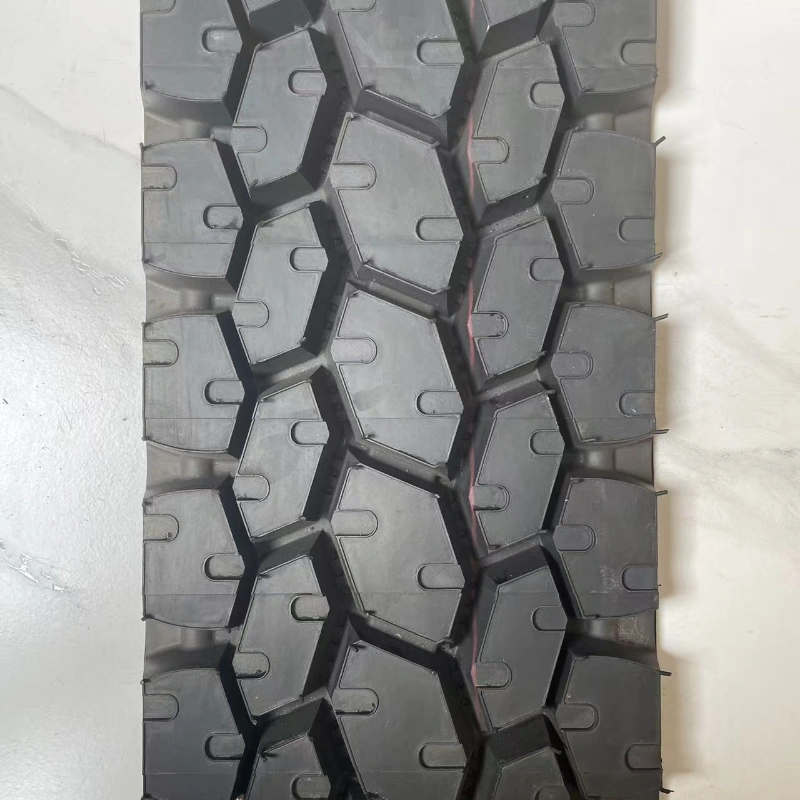
4. Our Company: China’s Leading Supplier of High-Quality Rubber Tire Tread Strips
As a leader in China’s rubber tire tread strip industry, we uphold the philosophy of "technology-driven, quality-first, customer-centric," dedicated to delivering full-scenario, high-adaptability, long-lasting tread strip solutions. Here are our core strengths:
1. Full-Chain Production: From Formulation to Finished Product
We operate an in-house R&D lab equipped with German Bruker infrared spectrometers and American Alpha Technologies viscometers to develop tailored rubber formulas for PCR, TBR, and off-road tires. Our production lines include 1,000-ton flat vulcanizers and continuous extruders, supporting precise manufacturing of standard and custom strips (e.g., large-block off-road strips).
2. Stringent Quality Control: 10 Inspection Steps, Zero Defects
Every roll undergoes:
Raw material incoming inspection (purity, composition);
Mixing process monitoring (temperature, time, Mooney viscosity);
Vulcanization forming checks (thickness, hardness, tread accuracy);
Final performance testing (tensile, tear, abrasion);
Pre-packaging full inspection (appearance, labeling);
Post-production random sampling (third-party testing).
MES systems track each batch for full traceability.
3. Global Customer Service: Custom Solutions for 100+ Countries
We serve diverse clients, including European truck fleets (annual TBR strip purchases >50,000), North American off-road enthusiasts (custom spiked strips), and Southeast Asian commercial repair shops (cost-effective PCR strips). Our services include:
Standard Products: Universal strips compatible with major brands (Michelin, Bridgestone, Goodyear);
Custom Solutions: Strips tailored to specific tire models and environments (e.g., high-temperature deserts, sub-zero snowfields);
Support Services: Installation training (video tutorials + on-site guidance) and old tire evaluation reports (to assess strip suitability).
4. Sustainable Commitment: Green Production, Circular Economy
We use sulfur-free vulcanization to reduce harmful emissions and recycle production wastewater through a three-stage filtration system. Waste strips are reprocessed (recycled rubber content ≤5%), supporting China’s "Dual Carbon" goals. Our products hold EU REACH certification (free of phthalates, PAHs, and other hazardous substances).
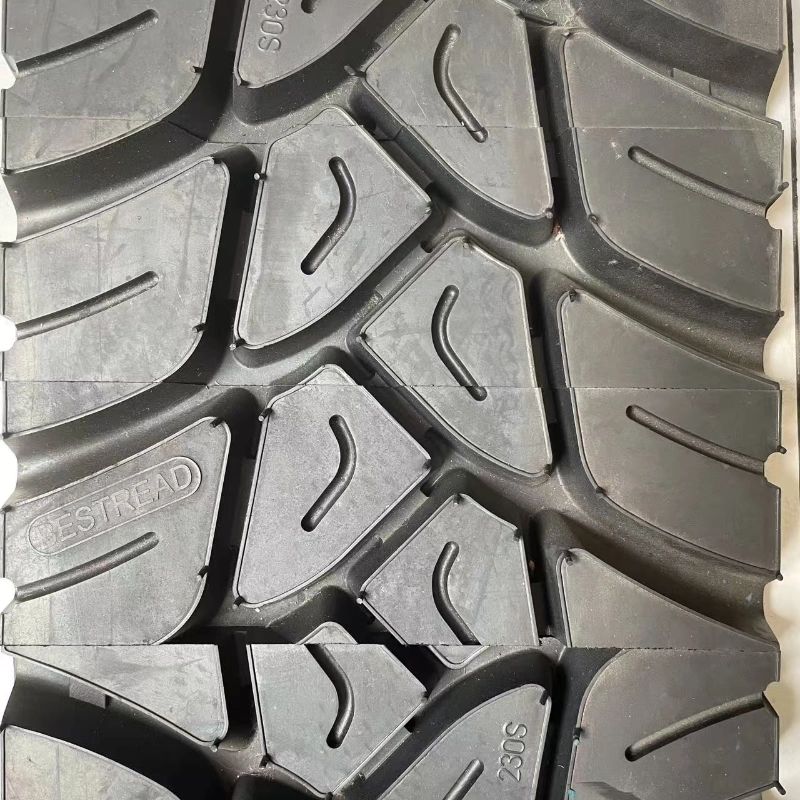
5. Conclusion: Choosing High-Quality Tread Strips = Choosing Safety and Efficiency
Tire tread strips may be small, but they are the critical link between "tire lifespan" and "driving safety." Low-quality strips may save costs temporarily but lead to frequent replacements and safety risks; high-quality strips, despite higher upfront investment, deliver 3+ years of stable performance, reduced maintenance, and peace of mind.
As China’s trusted rubber tire tread strip supplier, we believe: High quality is not a slogan—it’s our promise to every inch of rubber. Whether you’re a tire shop, fleet operator, or individual driver, we provide "precise-fit, safe, reliable, and cost-effective" tread strip solutions.
